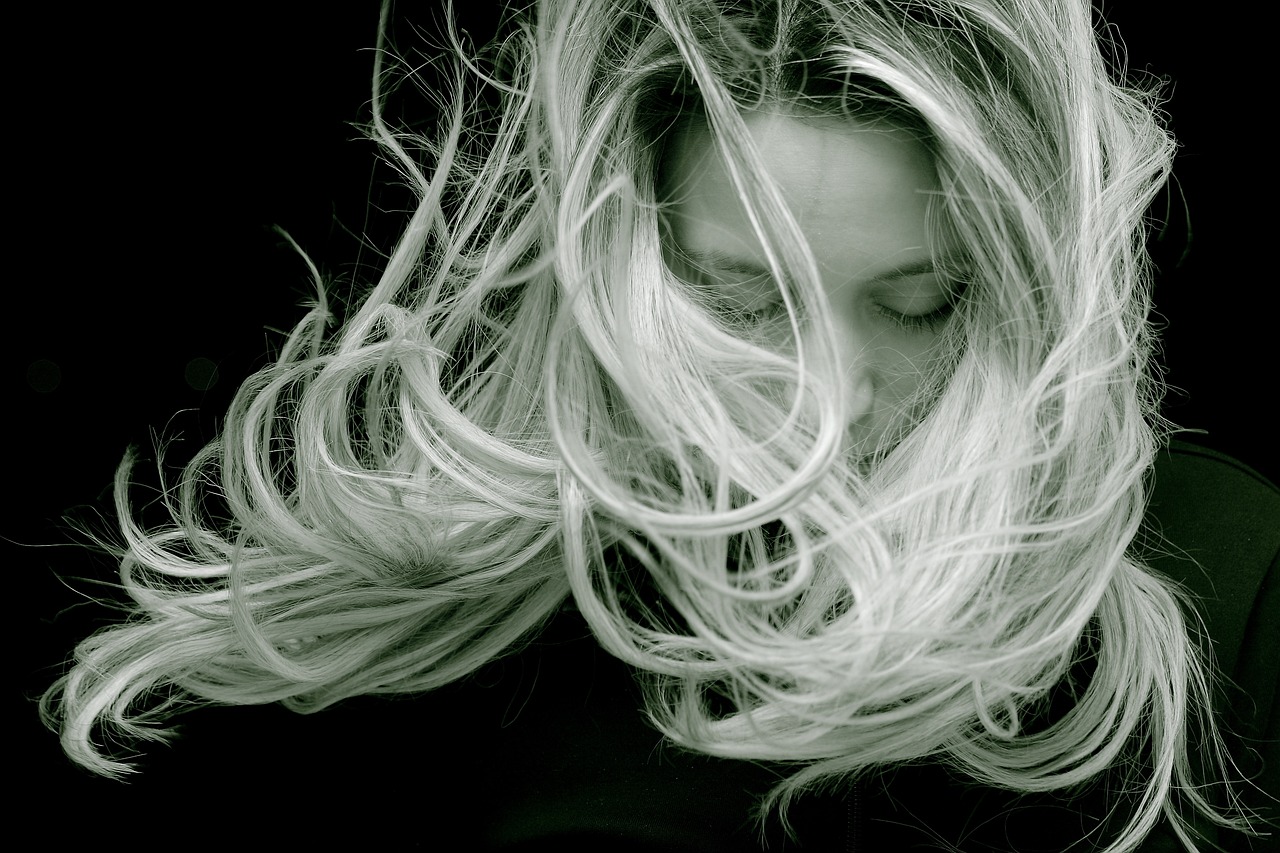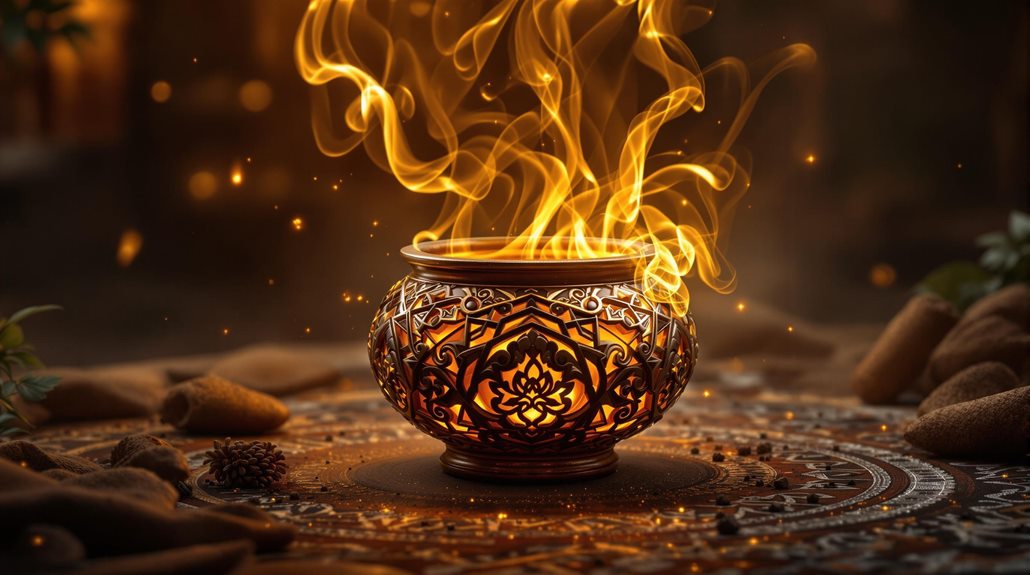Learn the Interesting History of L'Oréal

The world's largest cosmetics company, L'Oréal, is headquartered in Paris. The late Liliane Bettencourt and her daughter, Francoise Bettencourt Meyers, are two of the richest women in the world. Liliane was L'Oréal's sole heir before her death in 2017 at the age of 94. Francoise assumed control of the family business after Liliane's death.
Eugene Schueller was the son of two people who owned pastry shops in Paris. He enrolled in the Institute of Applied Chemistry in 1904 after completing his Baccalauréat degree, which is roughly equivalent to two years of college. In 1904, he graduated first in his class. The Sorbonne hired him right out of school to work as a lab assistant. He seemed destined for the world of academia. Something happened that changed the course of his life, his wealth, and the wealth of his heirs forever.
Inquiring about a synthetic hair dye, the owner of a large barbershop visited Schueller. The toxic hair dye of the early 20th century had a high lead content that irritated the scalp of French women, who rarely dyed their hair. As a result of his interest, Schueller agreed to serve as the barber's technical advisor, before cutting ties and setting up his own hair-dyeing business in Paris.
Origins in the Early 19th Century
A century ago, women of the demimonde in Paris were only allowed to dye their hair one of two colors: a fiery red or a coal black. This is where the origins of L'Oréal can be found. It was in 1907 that Eugène Schueller started making the first synthetic hair dyes in his kitchen at night and selling them to salons in the morning. In less than two years, he founded the Société Française des Teintures Inoffensives pour Cheveux, which was soon renamed L'Oréal thanks to his strategy's success.
A total of 17 countries now had access to the company's products by 1920: The United States; Brazil; Chile; Peru; Equador; Bolivia; and Soviet Union; and the Far East. Three research chemists and ten sales representatives were all that L'Oréal had at this point.
The Making of a Model: 1909-1956
The L'Oréal Group was founded in 1909 by Eugène Schueller, a young chemist with an entrepreneurial spirit. One of the first hair dyes that he created, manufactured, and sold to Parisian hairdressers was the beginning of his success in the industry. As a result of this, L'Oréal's founder laid the foundation for the company's core values: research and innovation in the service of Beauty.
Emancipation and Innovation: 1960s and 1970s
Long hair became popular in the 1960s, thanks in part to Brigitte Bardot's influence. It could be wild and free-flowing or neatly styled in an updo. Dalle's management brought the company up to date with the times, introducing new products that met women's needs while maintaining high standards of safety. Préférence, a home hair coloring brand that was launched in the 1970s, created the now-famous tagline "Because I'm worth it." with the launch of the product. Self-esteem was the first message in advertising to stress its significance.
View this post on Instagram
Lindsey Owen-Jones would transform our Group's scope to become the world's leading cosmetics company by expanding our brands' global reach and making strategic acquisitions. L'Oréal Paris provided make-up and skin care products for women in the Eighties as they took on more prominent roles in the public sphere and the workplace. With more than 500 brands and thousands of products, the company has become a household name in the beauty industry. The Body Shop, Magic Holdings, Shiseido's Carida and Decleor brands, NYX Cosmetics, Carol's Daughter, IT Cosmetics, and ModiFace are just a few of the companies it has acquired during its expansion. Jean-Paul Agon has served as L'Oréal's chairman and CEO since 2006. Beauty for All is the clear goal of L'Oréal's Chief Executive Officer, Jean-Paul Agon, as the company moves toward globalization. We are entering the twenty-first century with a strong portfolio of global brands and a global growth agenda that values diversity and inclusion. The new L'Oréal is distinguished by new ethical and socially responsible initiatives in addition to its business facets. In 2013, the Bettencourt family owned 33.31 percent of the company, Nestle owned 23.29 percent, and institutional investors owned 21.8 percent. institutional and individual investors, as well as employees, own the remaining 15.3 percent. Every day, we make new acquisitions and implement socially, environmentally, and digitally responsible initiatives in support of everyone's interest in long-term development.Success: 1980s
Boosting Women's Confidence: 1990s
As The New Millennium Dawns, New Frontiers Are Being Explored.
Cosmetics Today by L'Oréal




